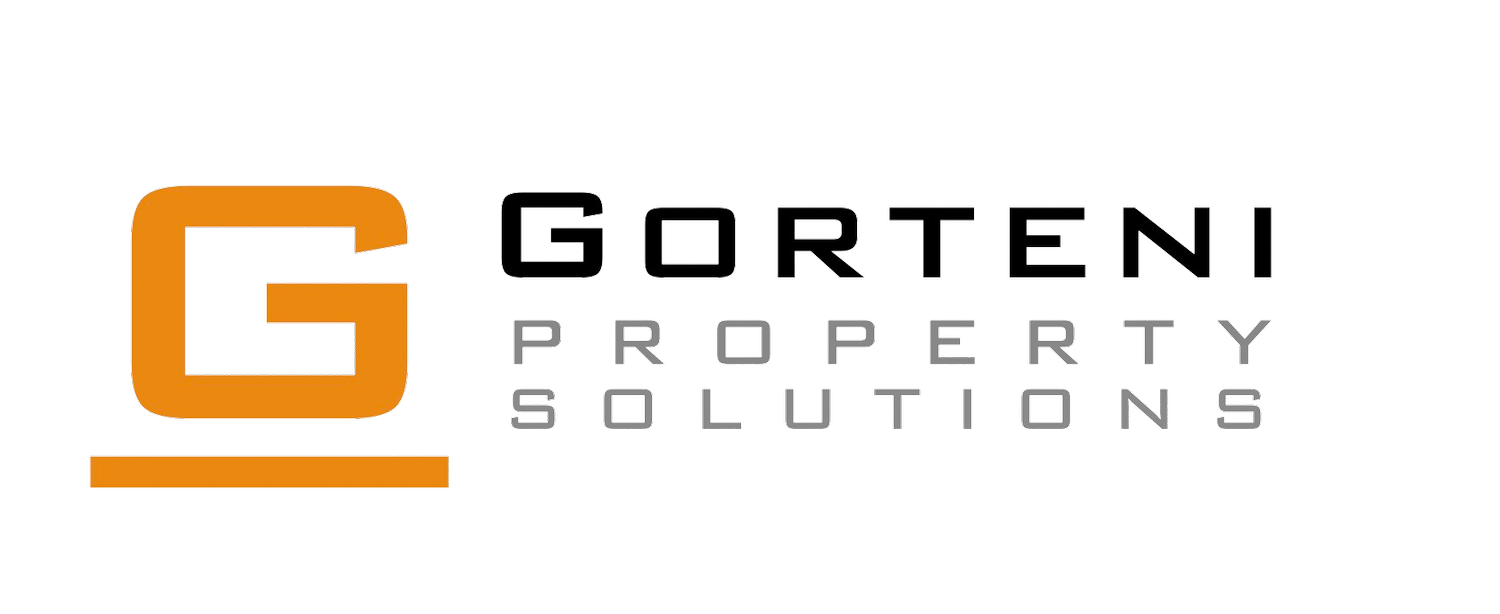How to Save on Heating Costs in Chicago Buildings with Smart Thermostats
As temperatures drop during Chicago's frigid winters, heating costs for multi-unit buildings can skyrocket. For Community Association Managers (CAMs), finding ways to reduce energy bills while maintaining resident comfort is a constant challenge. One of the most effective solutions? Smart thermostats. These devices provide precise control over heating systems, offering significant savings and improving energy efficiency in Chicago’s demanding climate.
In this blog, we’ll explore the benefits of smart thermostats, how they can save on heating costs, real-world examples of success, and how Gorteni Property Solutions can help you implement them in your building.
Why Heating Costs Are High in Chicago Buildings
1. Chicago’s Harsh Winters
With temperatures often dropping below 0°F, heating systems must work overtime to maintain comfortable indoor temperatures. This leads to higher energy consumption and increased utility bills.
2. Aging Infrastructure
Many Chicago buildings were constructed decades ago and still use outdated heating systems that lack modern efficiency. Without upgrades, these systems waste energy and increase operational costs.
3. Inefficient Heating Practices
Traditional thermostats often result in uneven heating and wasted energy, especially in large multi-unit buildings.
How Smart Thermostats Can Save on Heating Costs
1. Precise Temperature Control
Smart thermostats allow for more accurate temperature adjustments, ensuring that heat is delivered only where and when it’s needed.
Benefits:
Avoid overheating empty spaces.
Maintain consistent temperatures across all units.
2. Programmable Scheduling
With smart thermostats, you can program heating schedules based on building occupancy patterns. For example:
Lower heating in common areas during off-hours.
Adjust temperatures based on resident preferences or seasonal needs.
Case Study:
A Lincoln Park condo building saved 20% on heating costs by implementing programmable schedules with smart thermostats installed by Gorteni Property Solutions.
3. Remote Access and Monitoring
Smart thermostats can be controlled remotely via mobile apps, allowing CAMs to monitor and adjust temperatures from anywhere.
4. Energy Usage Insights
These devices provide detailed reports on energy consumption, helping you identify inefficiencies and optimize usage.
5. Integration with HVAC Systems
Smart thermostats are compatible with most modern HVAC systems, allowing seamless upgrades to improve efficiency without replacing the entire system.
Chicago-Specific Advantages of Smart Thermostats
1. Adapting to Variable Weather
Chicago winters can be unpredictable, with sudden drops in temperature. Smart thermostats automatically adjust to weather changes, ensuring energy isn’t wasted.
2. Compliance with Local Regulations
Chicago’s energy codes emphasize efficiency. Smart thermostats help buildings meet these requirements while reducing operating costs.
3. Reducing Resident Complaints
Uneven heating is a common issue in multi-unit buildings. Smart thermostats ensure consistent comfort, minimizing complaints and improving resident satisfaction.
Steps to Implement Smart Thermostats in Your Building
Step 1: Assess Your Building’s Current Heating System
Before upgrading, evaluate your existing HVAC system to ensure compatibility with smart thermostats.
How Gorteni Can Help:
Our licensed HVAC technicians in Chicago conduct detailed inspections to identify the best solutions for your building.
Step 2: Choose the Right Smart Thermostat
Select a model that fits your building’s needs. Factors to consider:
Compatibility with your HVAC system.
Features like mobile app control, energy usage reports, and zoning options.
Step 3: Professional Installation
For multi-unit buildings, professional installation ensures proper setup, connectivity, and integration with existing systems.
Why Gorteni?
We provide affordable HVAC services in Chicago, including smart thermostat installation, ensuring seamless upgrades with minimal disruption.
Step 4: Educate Residents and Staff
Provide training for residents and building staff on how to use smart thermostats effectively.
Step 5: Monitor and Optimize Usage
Use the thermostat’s energy reports to refine heating schedules and identify opportunities for further savings.
FAQs About Smart Thermostats
How much do smart thermostats cost?
The cost of smart thermostats ranges from $100 to $300 per unit, plus installation.
How much can a building save with smart thermostats?
Most buildings see energy savings of 10–25% after installing smart thermostats, depending on usage patterns and system efficiency.
Are smart thermostats compatible with older HVAC systems?
Many smart thermostats work with older systems, but a professional inspection is recommended to ensure compatibility.
Real-World Success: A West Loop Condo’s Energy Makeover
Challenge:
A 30-unit condo in the West Loop faced rising heating costs and resident complaints about uneven temperatures.
Solution:
Gorteni Property Solutions installed smart thermostats in each unit and programmed schedules for common areas based on usage patterns.
Result:
25% reduction in heating costs within the first winter.
Improved temperature consistency, reducing complaints by 80%.
Enhanced energy reporting, allowing the CAM to optimize heating further.
Why Choose Gorteni Property Solutions for Smart Thermostat Installation?
At Gorteni Property Solutions, we specialize in providing energy-efficient HVAC solutions in Chicago.
Our Services Include:
Smart Thermostat Installation: Seamless upgrades tailored to your building’s needs.
HVAC Maintenance and Repairs: Keeping your system running efficiently year-round.
Energy Audits: Identifying inefficiencies and recommending upgrades for maximum savings.
